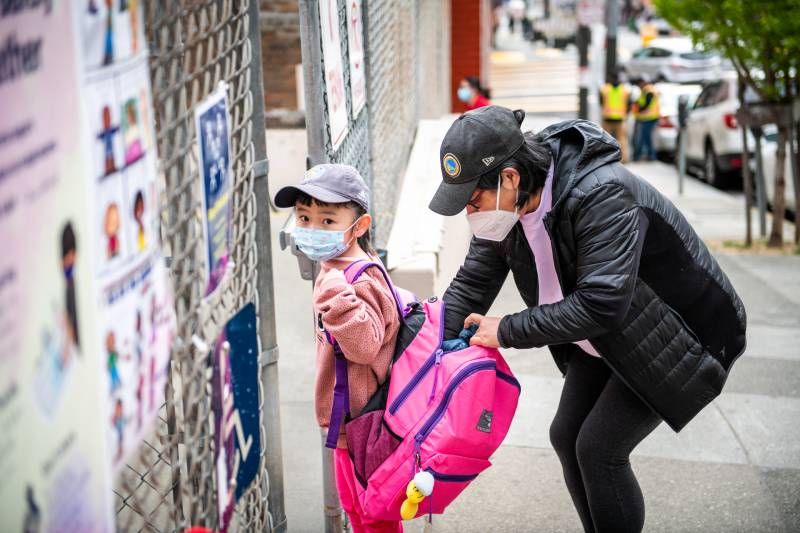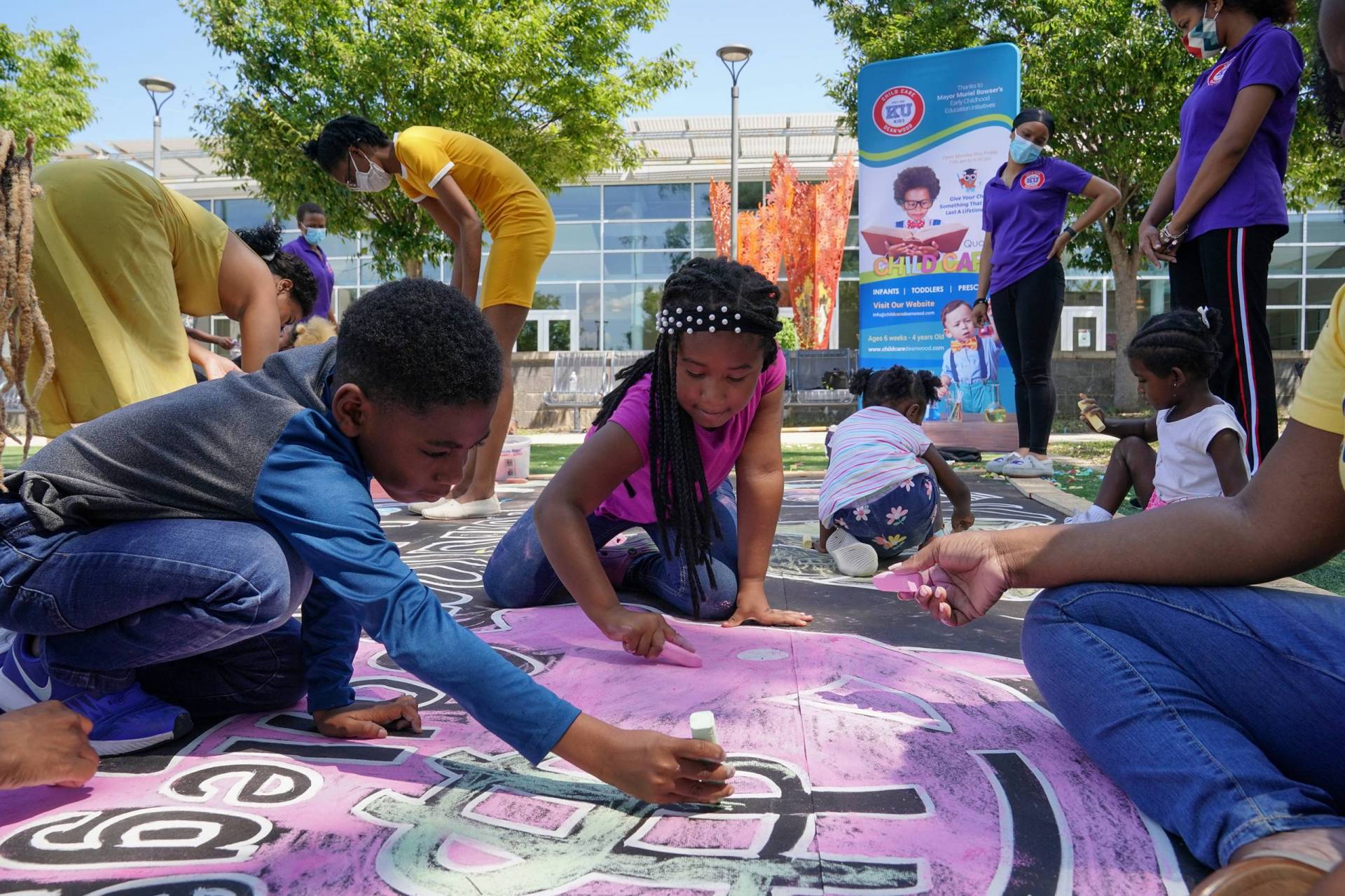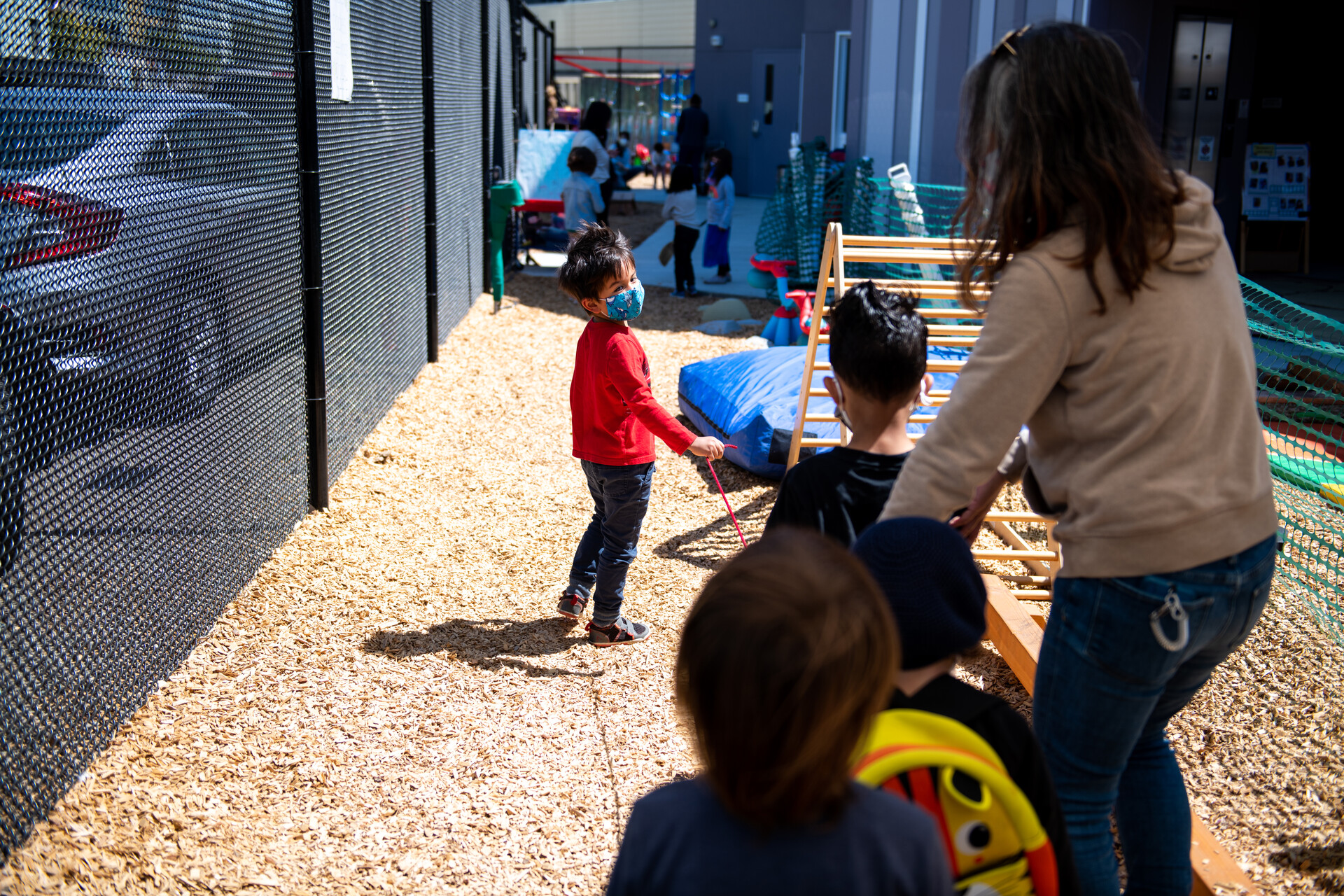Maldonado stresses that this does not mean that the COVID-19 vaccine is ineffective — or that it doesn’t work against the delta variant. “Vaccines are still highly effective and highly critical,” she said, and even if a vaccinated person has a breakthrough infection, their risk of hospitalization and death is very low.
As she notes, “over 99.7% to 99.8% of the people who are hospitalized and are dying, unfortunately, are unvaccinated people.”
How worried should we be about breakthrough infections?
As far as breakthrough infections go, “the good news is it appears that among vaccinated people, the virus drops off rapidly as the immune system kicks in,” said Maldonado.
We don’t know much about breakthrough infections as far as tracking goes, explains Maldonado, because the CDC halted tracking of breakthroughs unless they were severe cases. But Maldonado herself is now involved in a nation-wide five-site sentinel surveillance project. (The CDC defines “sentinel surveillance” as when “a network of healthcare providers or hospitals are recruited by the health department to regularly report specified health events.”)
This project will begin tracking all breakthrough infections within the populations surrounding each site. And because Stanford is one of the five sites involved, this means that the breakthrough cases in the Bay Area will now be monitored.
Although the CDC is not able to track every breakthrough infection, they are continuing to monitor breakthrough infections of those who have been hospitalized or have died from their infections. Along with this tracking, the CDC is also tracking the genetic makeup of that virus, says Maldonado.
How are children affected by COVID? What can adults do?
Again, the greatest protection against COVID-19 and the delta variant for children who are not yet eligible for the vaccine is for adults to be vaccinated, urges Maldonado.
Over 4 million infections have been reported in children, which makes up for 14% to 15% of all cases in the U.S. A particularly difficult statistic: Between 380 and 700 children have died due to the disease, “based on data that’s reported from most of the states and some modeling data that accounts for underreporting of deaths,” says Maldonado.
As Maldonado states, “this is a very big deal” when looked at relative to the usual number of yearly deaths among children under 18. This means that at this moment, COVID-19 falls within the top 10 most common causes of death for those under 18 years of age, excluding newborns.



